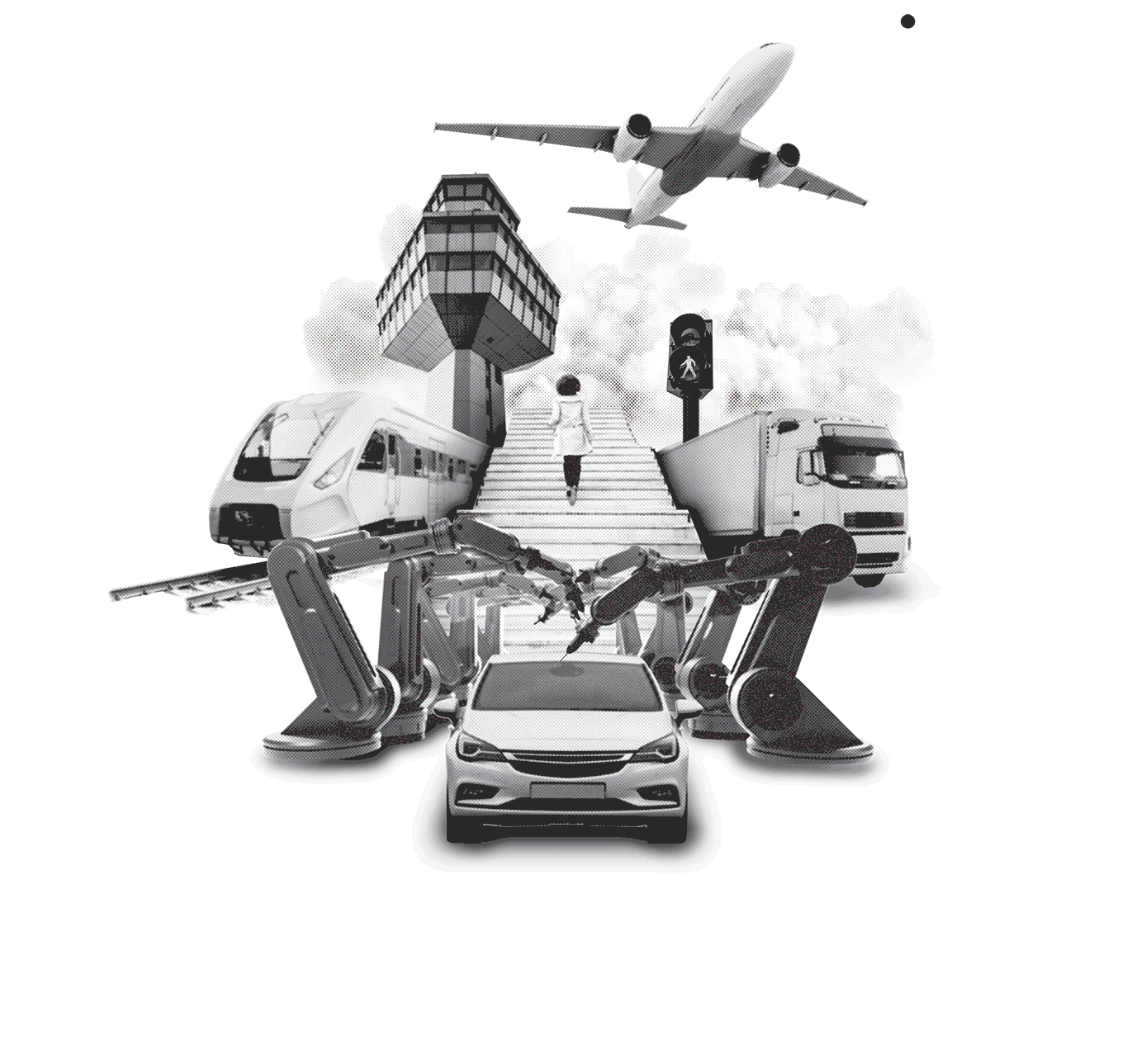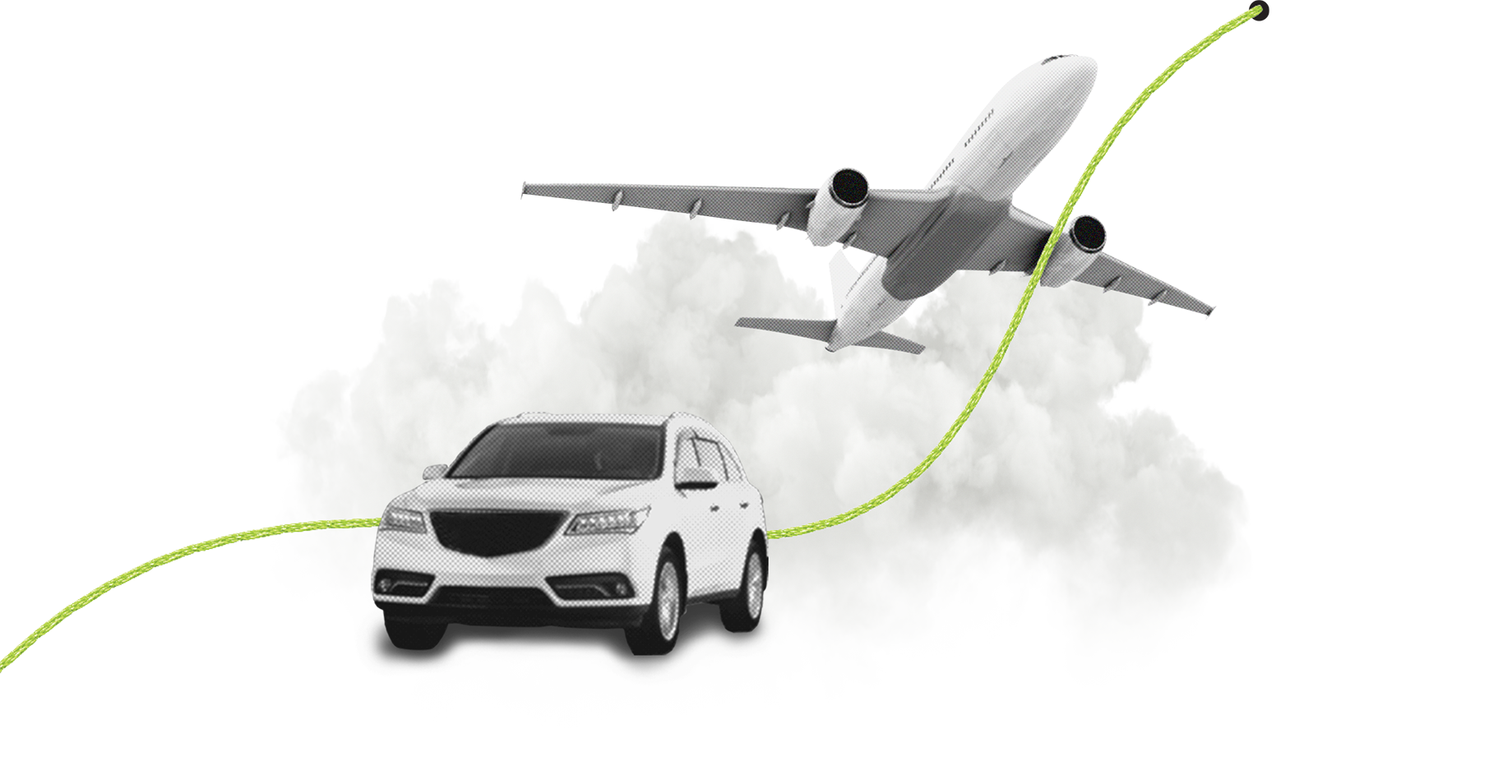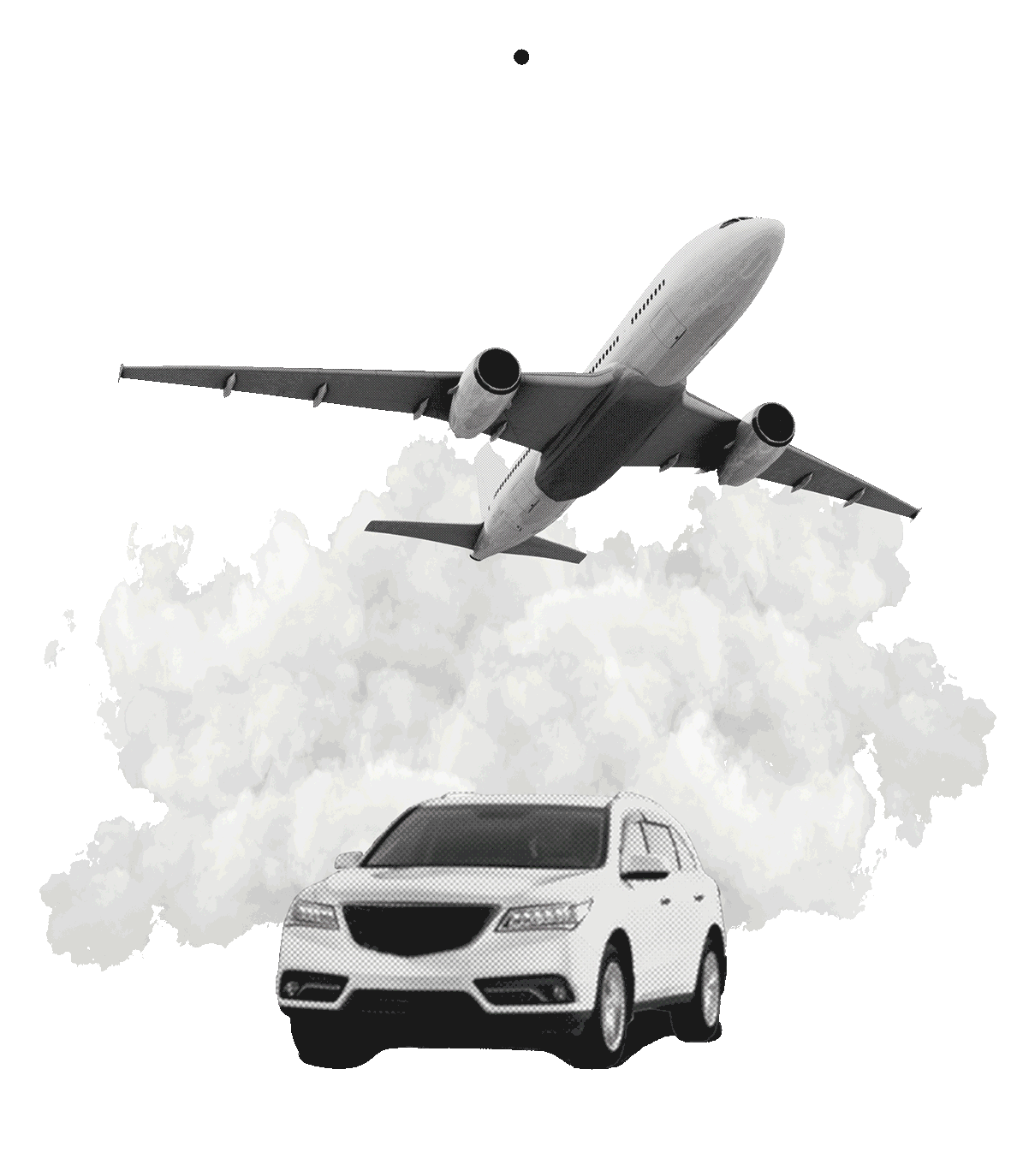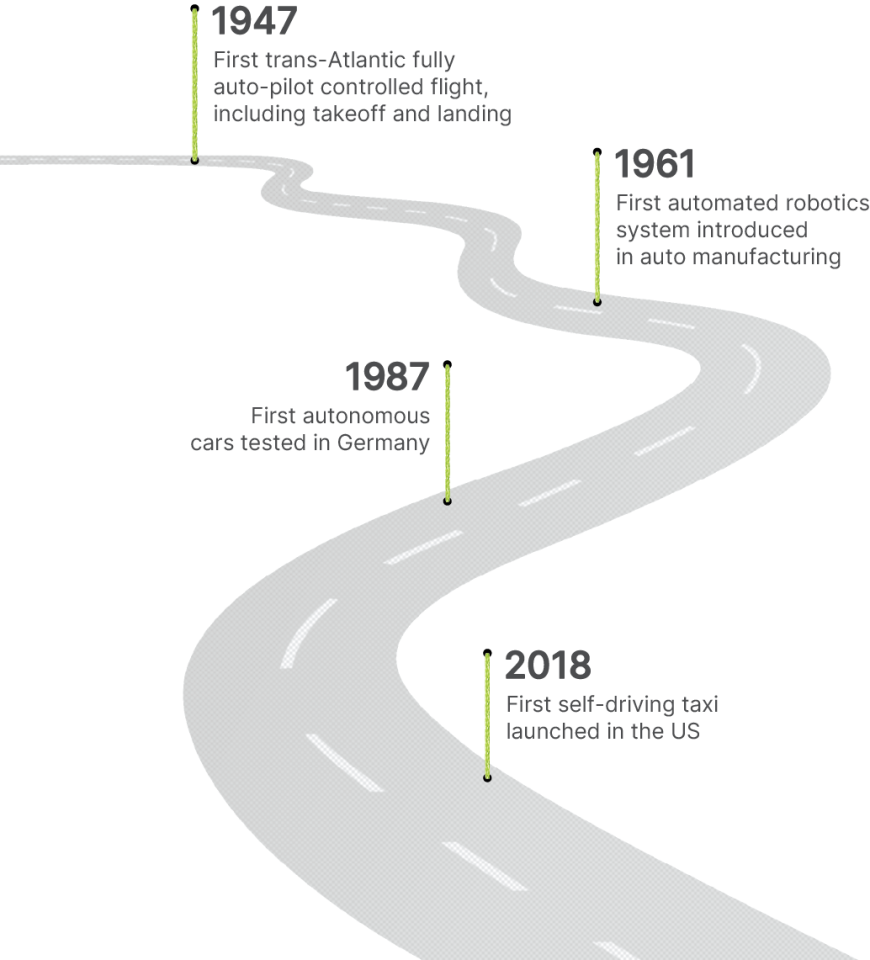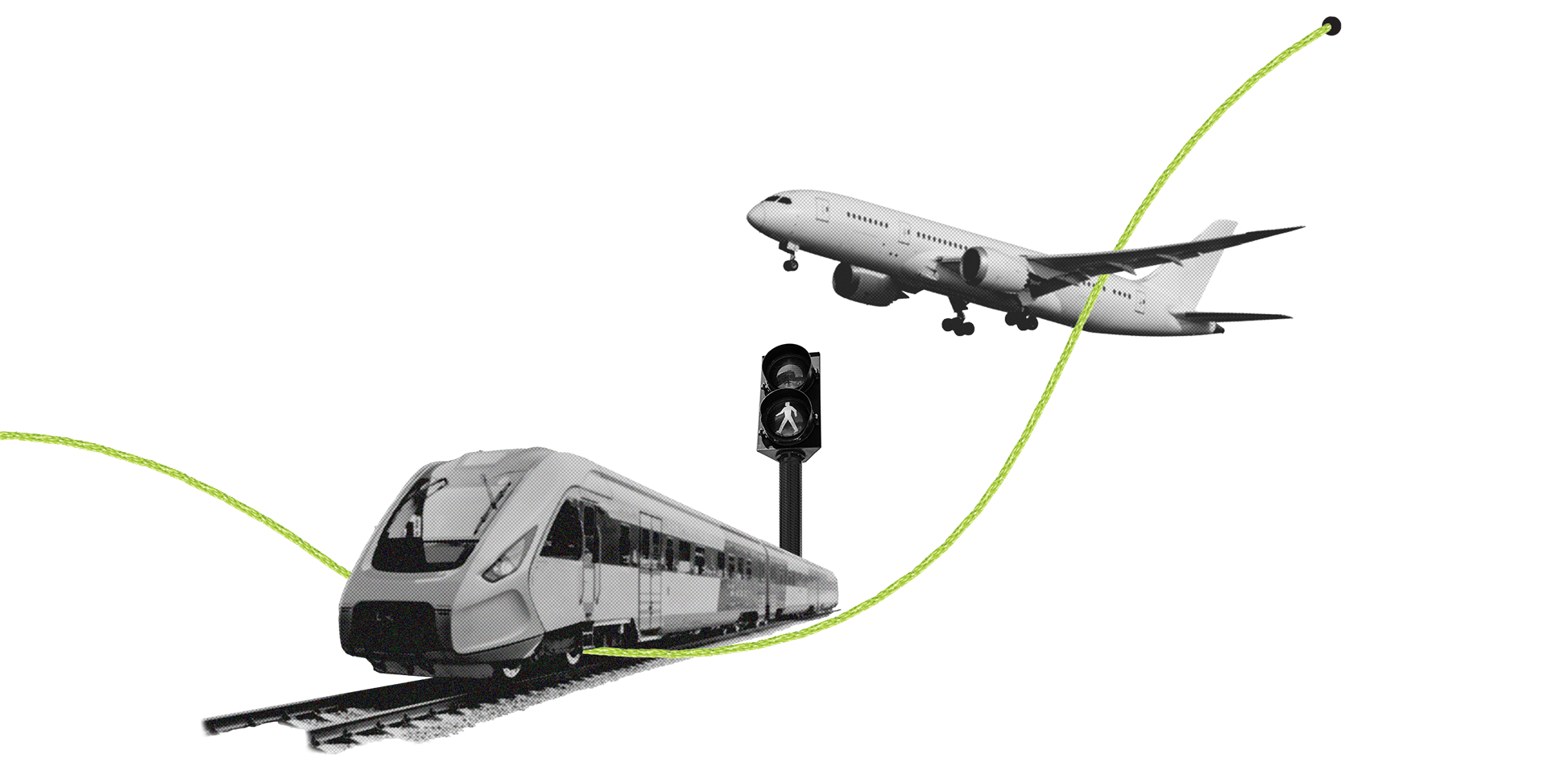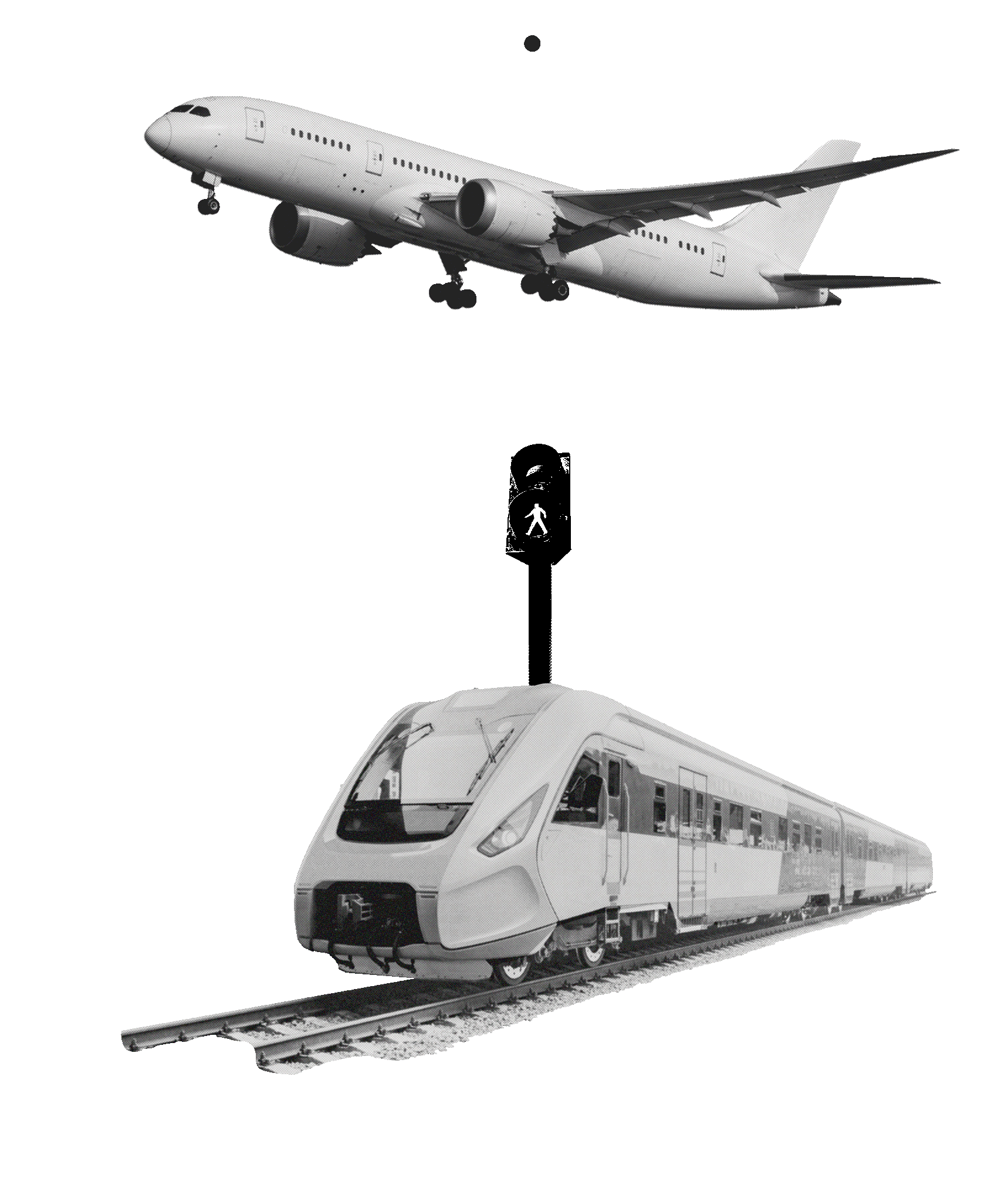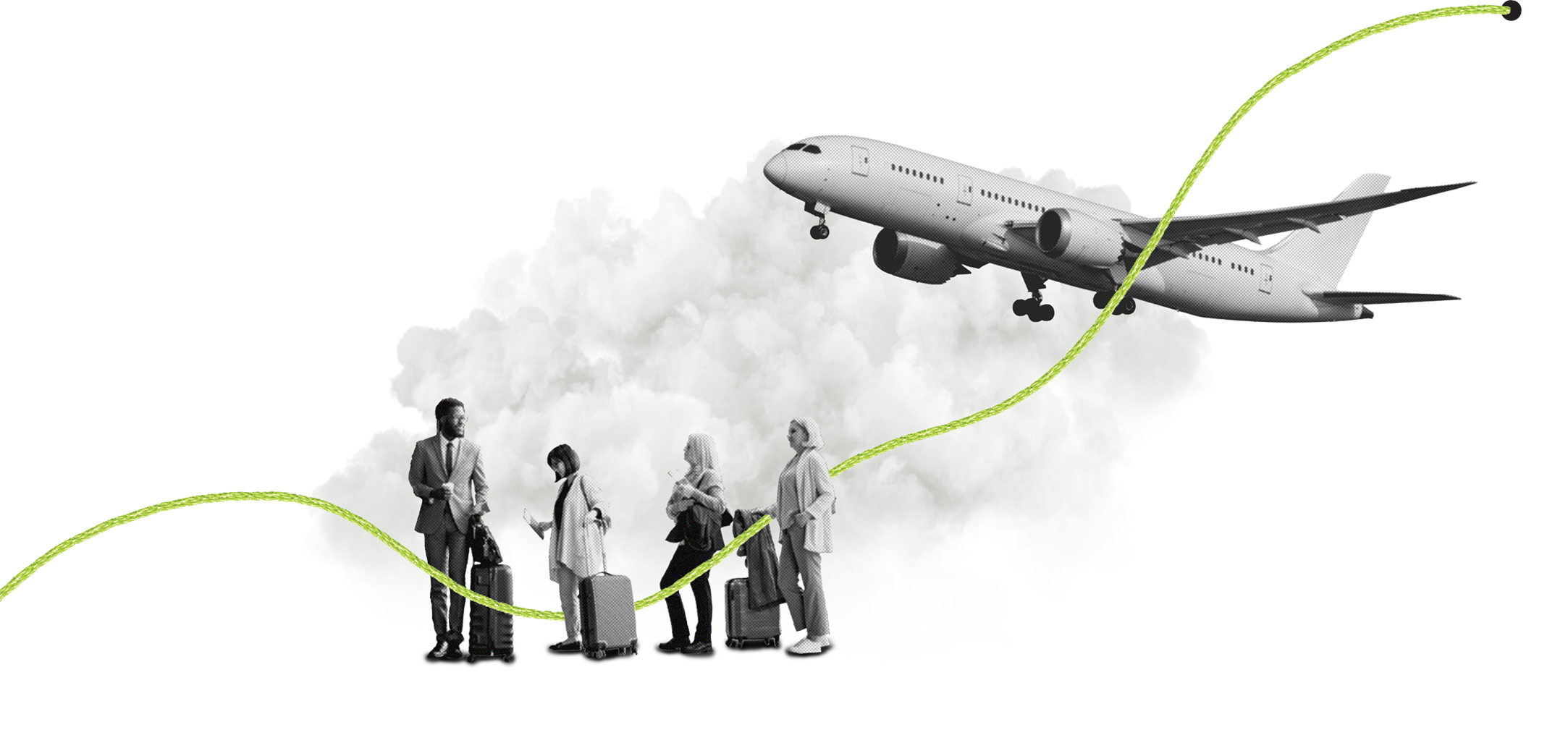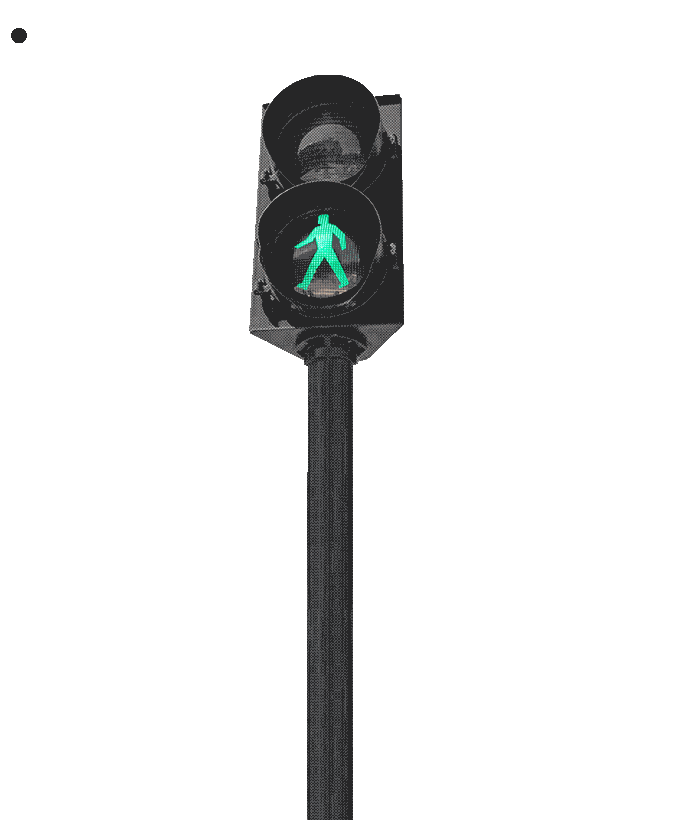The mobility sector pioneered the application of artificial intelligence to make its products and services safer, more efficient, and of greater use for consumers. Now, as business leaders in other sectors embrace the technology, many can learn from mobility’s experience.
Most leaders are optimistic about AI’s potential but haven’t yet decided how best to use it or to reskill their employees. Ninety-five percent of surveyed executives at companies that leverage AI capabilities expect the technology to have a significant impact on their businesses over the next three years, but only 45% report fully implemented AI solutions, according to the Oliver Wyman 2024 Performance Transformation Global Executive Survey 1.
Industries can learn from mobility’s meticulous and risk-based approach, which historically has focused on safety. For example, the aviation industry has been developing and deploying autopilot systems for more than 50 years. As these systems have advanced, new developments have been deployed commercially while increasing the safety and efficiency of commercial air travel. Self-driving cars, similarly, have been in development for decades and undergo thorough testing before being deployed. This has led to autonomous vehicles on streets today with impressive safety records compared to human drivers, even if public perception has not yet fully accepted the safety of these technologies.
This report is based on interviews with 20 mobility industry leaders, global Oliver Wyman Forum survey data, and an Oliver Wyman Forum survey of NYSE-listed companies from across the economy. The research identifies ways the mobility industry has used AI that may be relevant to other industries as they develop their own strategies.
One takeaway is an extreme focus on the individual customer. In mobility, people demand safety — but they also want convenience and personalization. AI can serve those needs through assisted driving technologies that help drivers operate their cars more safely and comfortably, AI-powered entertainment systems based on consumer preferences, and systems that improve the operations of commercial travel and transit to reduce delays and inconveniences.
Data is the driver behind the mobility industry’s ability to focus on consumer needs with AI, and many providers can obtain large quantities of data, whether from drivers or flight records. Mobility has taken innovative approaches to utilizing this data that extend beyond the consumer experience — such as improving autonomous driving through simulating rare road scenarios or training large language models (LLMs) on technical maintenance information to support airplane mechanics — but barriers remain, highlighting the opportunities and challenges in unlocking data.
Forging partnerships with public and private organizations can help businesses use that data optimally for AI adoption and explore new ways of working. And in many cases, it will be easier to form partnerships than to develop new software in-house to power new AI solutions, as the principles of software development often differ from those of other businesses.
A clear and predictable regulatory framework can support these different aspects of AI adoption, from consumer applications to data collection and collaborations. This approach has been particularly effective in aviation, where thoughtful and rigorous oversight developed in recent decades has nurtured public confidence in flying.
These approaches can bolster consumer anxieties about AI products. Nearly half of consumers worry about AI’s role in autonomous driving, and nearly a third find organizations using AI to be untrustworthy, according to global Oliver Wyman Forum surveys. Boosting confidence with holistic plans and safe, worthwhile products can encourage consumer uptake of AI-based products.
Acknowledgements
Thank you to the mobility industry leaders who provided their perspectives for this report
Head of Research, SNCF
Associate Provost and Professor EECS, UC Berkeley
Director of Predictive Tech Engineering, Delta Tech Ops
Director of Product Operations, Cruise
CEO, SITA for Aircraft
Executive Director, San Francisco County Transportation Authority
Director of Cross-Functional Strategic Projects, SNCF
Data and AI Lead for Manufacturing, Google Cloud France
Corporate Strategy Director, Alstom
Head of R&D, Valvoline
VP of Enterprise Platforms, Data, and Artificial Intelligence, BMW
Academy Director, NADA
Head of Sustainability, BraunAbility
Senior Ventures Associate, Plug and Play
Former CEO of Air France-KLM and IATA
Senior Consultant, ST Engineering
Senior Manager, Autonomous Driving Center of Excellence, Volkswagen
Director of Mobility IMEA, PTV (part of Umovity)
Director of Strategy and Performance, SNCF
Chief Customer and Strategy Officer, National Highways
Director, Center for Data Science for Enterprise and Society, Cornell University

